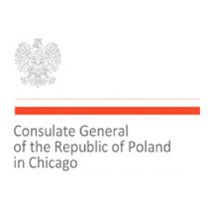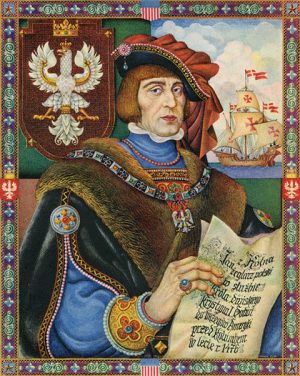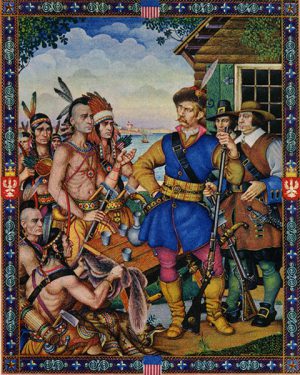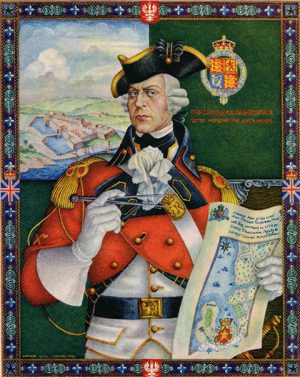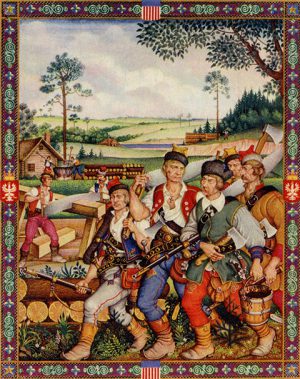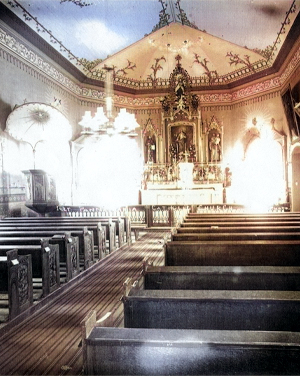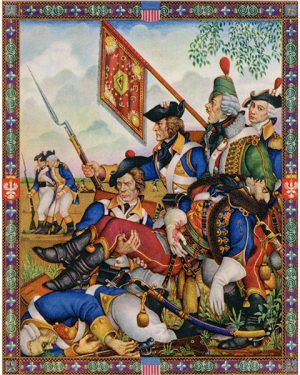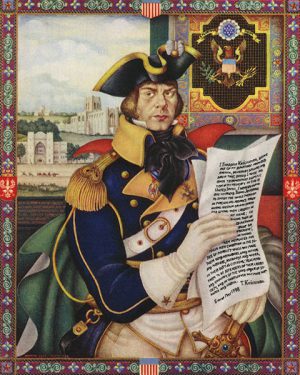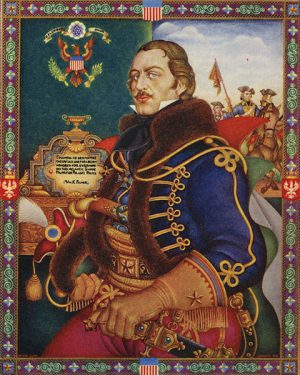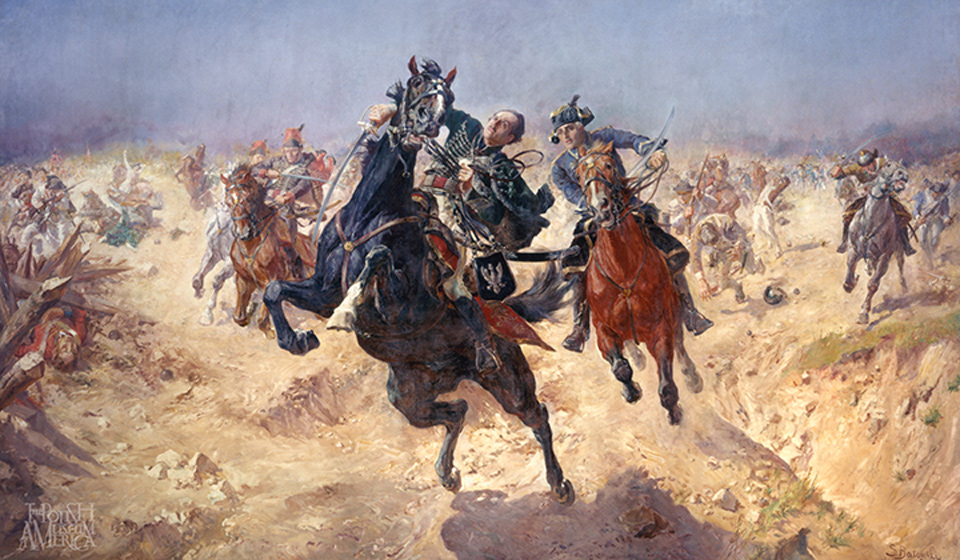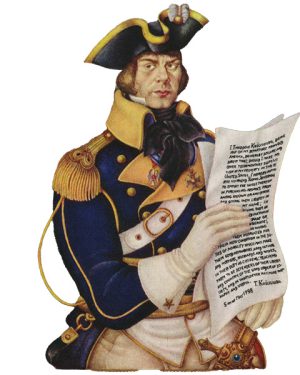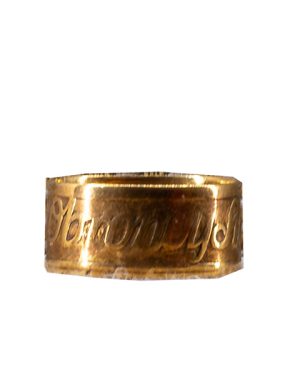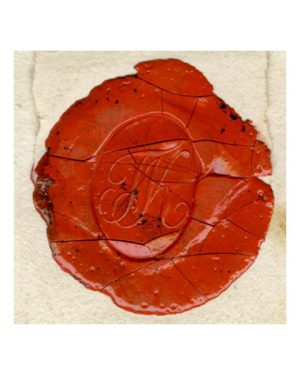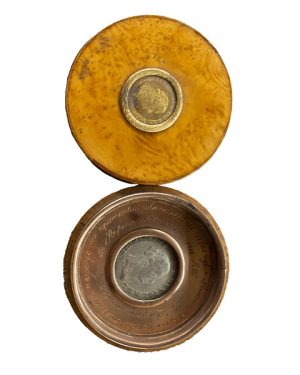About this project
Lorem ipsum dolor sit amet, consectetur adipiscing elit, sed do eiusmod tempor incididunt ut labore et dolore magna aliqua. Ut enim ad minim veniam, quis nostrud exercitation ullamco laboris nisi ut aliquip ex ea commodo consequat. Duis aute irure dolor in reprehenderit in voluptate velit esse cillum dolore eu fugiat nulla pariatur. Excepteur sint occaecat cupidatat non proident, sunt in culpa qui officia deserunt mollit anim id est laborum.
Jamestown
1607:
Where a Nation Began
Jamestown, Virginia, the first permanent English settlement of the New World, was established by the Virginia Company of London in 1607. “Altogether, 144 mariners and adventurers set out from Blackwall docks to the east of London in the last days of 1606 to found an English colony somewhere on the Chesapeake Bay.”
Although the initial drive behind the Virginia Settlement was the pursuit of abundant resources from the highly speculated lands, the settlers soon realized that their fortunes would solely depend on their own endeavors, even amidst setbacks.

1608:
Poles Arrive at Jamestown
By the end of the first year, it was decided that the colony would need more people and supplies in order to continue. In October 1609, the ship Mary Margaret returned with approximately 70 people, including “eight Dutch men and Poles,” a Swiss man from London, and the first two women to join the colony.
The first non-English colonists, hired to organize new industries and train the settlers, were skilled master craftsmen and industry specialists in soap ash, glass, lumber, shipbuilding materials (tar, pitch, turpentine), and mining.
Captain John Smith gave high marks to the Poles’ work ethic, writing: "Only the Dutch-men and Poles, and some dozen others...knew what a dayes worke was.” Although we have limited knowledge about the identities of these Polish workers, their influence on society was significant.

1619:
Polish-Americans are Born
Historical records from 1619 indicate that, following a labor dispute and work stoppage, Polish residents were granted the right to vote for themselves and all future Polish immigrants. The governing body of Jamestown recognized the Poles’ contributions and ensured their equal status. Moreover, due to their exceptional skills, the Poles agreed to offer apprenticeships to young men in the community, ensuring the perpetuity of these valuable trades. This work stoppage is considered the first labor strike for improved rights on American soil.
Unfortunately, the first Dutch and Polish Settlers’ names do not appear on the passenger manifest. They might have remained with the colony and died in the famine of 1610, perhaps left in 1609-10 by the terms of their contract, or they might have been among the fortunate few to survive past 1610.
By 1619, over 50 Polish families had established a life in the New World, therefore cementing Poland’s foothold in the American Story.
Explore Deeper:
Please find below some supplementary resources for further exploration.
- True Heroes of Jamestown by Arthur Waldo
- National Geographic - Jamestown 1607: A Clash of Cultures
- Soldier of Fortune: John Smith before Jamestown
- Historic Jamestowne
References:
- Edney, Matthew H. “Simon de Passe’s Cartographic Portrait of Captain John Smith and a New England (1616/7).” Word & Image 26, no. 2 (March 26, 2010): 186–213. https://doi.org/10.1080/02666280903040797.
- “Jamestown 1607: A Clash of Cultures.” Accessed July 20, 2023. https://education.nationalgeographic.org/resource/jamestown-1607-clash-cultures.
- “John Smith.” Text. Accessed July 20, 2023. https://npg.si.edu/object/npg_NPG.72.113.
- Orli, Richard J. “The Identity of the 1608 Jamestown Craftsmen.” Polish American Studies 65, no. 2 (2008): 17–26.
- Polish American Congress. Jamestown Pioneers from Poland. Chicago? Polish American Congress, 1958. https://catalog.hathitrust.org/Record/100189441.
- Pula, James S. “Fact Vs. Fiction: What Do We Really Know About the Polish Presence in Early Jamestown?” The Polish Review 53, no. 4 (2008): 477–93.
- The National Endowment for the Humanities. “Soldier of Fortune: John Smith before Jamestown.” Accessed July 20, 2023. https://www.neh.gov/humanities/2007/januaryfebruary/feature/soldier-fortune-john-smith-jamestown.
- “The Second Supply | Historic Jamestowne.” Accessed July 20, 2023. https://historicjamestowne.org/history/history-of-jamestown/the-second-supply/.
Panna Maria
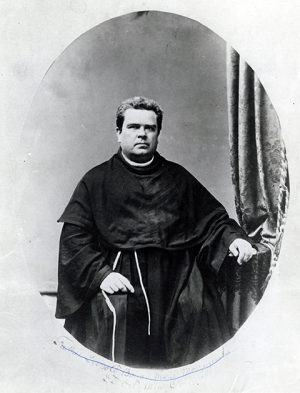
Ks. Leopold Moczygemba; Collection of the Polish Museum of America
In 1854, a group of Silesian peasants, forced by the persecutions of the Prussian Government, came to find freedom in America. Here they founded a pioneer settlement called Panna Maria (Virgin Maiden) in the midst of the Texas wilderness.
The pioneers brought with them not only household items and agricultural tools, but also a large wooden cross and bells “so that they would ring for the glory of God in the new land.”
Mieczysław Haiman in Poles in the Early History of Texas explains that the man who started a new chapter for Polish emigration to the United States was Fr. Leopold Moczygemba, a Franciscan friar born in Upper Silesia in 1824. As a young priest he was sent by his superiors to Texas in 1851. Seeing that this young country was a land of many opportunities, he wrote letters encouraging relatives and friends to follow, thus sparking an immigration rush. With the prospect of a better life and political freedom, Father Moczygemba and 96 families from little villages in Upper Silesia sailed to America. They arrived in Galveston on December 3, 1854, following the harrowing nine-week cross-Atlantic journey. From there, they walked across the prairie until finally stopping in Karnes County, where they founded the Panna Maria settlement.
Father Moczygemba immediately began plans for the construction of the church to be located near the junction of the San Antonio River and Cibolo Creek. Despite many obstacles, after two years, the pioneers finally erected a wooden church, dedicated in September 1856. Unfortunately, as a result of a lightning strike, the original church burned down in 1877.
Fr. Leopold Moczygemba commissioned the Stations of the Cross for the church of Panna Maria while visiting Rome in 1856 from the artist S. Zaleski.
The stations were dedicated in the church on February 3, 1870, by Fr. Wincenty Barzyński, who later served as the long-time pastor of the first Polish church of Chicago, St. Stanisław Kostka.
The Stations of the Cross from Panna Maria are now in the collection of the PMA. They were donated in 1936 by Rev. Edward K. Dworaczyk, Panna Maria Parish Priest and author of The First Polish Colonies of America in Texas.
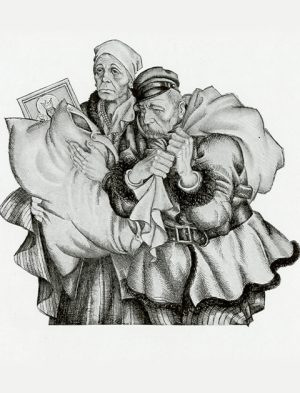
Polish Exiles – Arthur Szyk; Collection of the Polish Museum of America
14 Stations of the Cross, from the first Polish settlement in America in Panna Maria, Texas. Artist - S. Zaleski, 1867; Collection of the Polish Museum of America

I

II

III

IV

V

VI

VII

VIII

IX

X

XI

XII

XII

XIV
Explore Deeper:
Please find below some supplementary resources for further exploration.
References:
- Association, Texas State Historical. “Panna Maria, TX.” Texas State Historical Association. Accessed July 20, 2023. https://www.tshaonline.org/handbook/entries/panna-maria-tx.
- Dworaczyk, Edward Joseph. Church Records of Panna Maria, Texas. Polish Roman Catholic union of America, 1945.
- ———. The First Polish Colonies of America in Texas; Containing Also the General History of the Polish People in Texas. San Antonio, Tex.: The Naylor company, 1936. https://catalog.hathitrust.org/Record/001874435.
- Jaworski, Joseph. “Panna Maria : An Image of Polish Texans,” 1988. https://repositories.lib.utexas.edu/handle/2152/45653.
- Koliński, Dennis. “Polish Rural Settlement in America.” Polish American Studies 52, no. 2 (1995): 21–55.
- Matula, Anthony J. The Millennium History of Panna Maria, Texas: The Oldest Polish Settlement in America, 1854-1966, 1966.
- Niklewicz, F. Historja Pierwszej Polskiej Parafji w Ameryce. Green Bay, Wis: [s.n.], 1938.
- Przygoda, Jacek. “New Light on the Poles in Texas.” Polish American Studies 27, no. 1/2 (1970): 80–86. Pulaski
Revolutionary War
Casimir Pułaski: A Polish American Patriot
General Casimir Pułaski (1747-1779) was a Polish and American hero, a nobleman who fought for Poland’s freedom before being partitioned by its three neighbors: Russia, Prussia, and Austria. He was involved in the unsuccessful Confederation of Bar against the King of Poland and Russian influence, who were attempting to limit the power of the Polish-Lithuanian Commonwealth’s wealthy magnates. After this failed mission, he was forced into exile. He immigrated to France, where he met Benjamin Franklin, who recommended he travel to America and help the American Colonial Army in the War of Independence against the British Empire (1775-1783). Pulaski arrived in Massachusetts in 1777 and became famous for creating and training the first cavalry unit in United States history, earning the title of the “Father of American Cavalry.”
In command of Gen. Washington's bodyguard and a group of Polish volunteers, Pulaski held back General Howe at Brandywine, showing exceptional courage that enabled him to save the American army from a dangerous position. Four days after the Brandywine victory, he was appointed Brigadier-General on September 5, 1777. He assumed command of the American Cavalry and gained immortal fame in the battles of Warren Tavern, Haddonfield near Camden, Little Egg Harbor, and Charleston. The "enthusiasm for the noble cause, and by his supreme contempt of death" were Casimir Pulaski's driving forces.
In command of Gen. Washington's bodyguard and a group of Polish volunteers, Pułaski held back General Howe at Brandywine, showing exceptional courage that enabled him to save the American army from a dangerous position. Four days after the Brandywine victory, he was appointed Brigadier-General on September 5, 1777. He assumed command of the American Cavalry and gained immortal fame in the battles of Warren Tavern, Haddonfield near Camden, Little Egg Harbor, and Charleston. The "enthusiasm for the noble cause, and by his supreme contempt of death" were Casimir Pulaski’s driving forces.
He was mortally wounded during the siege of Savannah, Georgia, and died only a few days after the October 11th, 1779, battle. Numerous memorials were built in his honor, and President Franklin D. Roosevelt declared this day "Pulaski Day" on the 150th anniversary of his passing, celebrated in the Eastern United States.
The PMA Archives hold original Pułaski documents, and the Museum proudly displays the monumental 1933 Pułaski at Savannah painting by Stanisław Kaczor Batowski (1866-1946). Unveiled at the 1933 Chicago World’s Fair, after display at the Art Institute of Chicago, the canvas was purchased and donated to the Museum by the Polish Women’s Alliance of America in 1939.
The PMA is the official State of Illinois location for the Pułaski Day celebration on the first Monday in March. This holiday is only recognized in the State of Illinois, primarily in the city of Chicago, and is the largest public event held at the PMA annually.
Explore Deeper:
Please find below some supplementary resources for further exploration.
References:
- “A Chronology of Casimir Pulaski’s Life 1745-1779.” Accessed July 20, 2023. https://www.poles.org/pulaskibio.html.
- Library of Congress, Washington, D.C. 20540 USA. “Washington Crossing the Delaware.” Image. Accessed July 20, 2023. https://www.loc.gov/resource/ppmsca.71276/.
- “Patron - Casimir Pulaski.” Accessed July 20, 2023. https://www.muzeumpulaski.pl/en/museum/patron-casimir-pulaski.
- “Pulaski at Savannah - Batowski, Stanislaw Kaczor | Polish Museum of America.” Accessed July 20, 2023. http://polishmuseum.pastperfectonline.com/webobject/35BCE5AC-6546-40B8-9627-482481217200.
- Stefaniak, Iwona. Rzeczypospolita w dobie XVIII wieku Poland in the 18th century. Muzeum im. Kazimierza Pułaskiego w Warce, 2009. https://archiwum.muzeumpulaski.pl/materia3dokonkursu2014.pdf.
Revolutionary At Home & Abroad
Thaddeus Kościuszko (1746–1817), a national hero in Poland and the United States, fought for American independence during the Revolutionary War serving from 1776 as a chief engineer of the Army and creator of defenses and fortifications. His spectacular defenses paved the way for victory at Saratoga in October 1777.
Described by George Washington as "a gentleman of science and of merit," Kościuszko built the West Point stronghold on the Hudson River and later advocated for a Military Academy there. After eight years of service, he departed America with the rank Brigadier-General.
Upon returning to Poland, he joined the Royal Army as Major General and, in 1792, participated in the war against Russia and in defense of the May 3 Constitution. Following the betrayal of King Stanisław August Poniatowski, Kościuszko resigned from the Army.
During the Second Partition, in 1794, Kosciuszko led an uprising against Russian, Austrian, and Prussian occupation. This is now known as the “Kosciuszko Uprising.” He advocated for including peasants in the military and issued the Połaniec Proclamation, in which he significantly limited the subjection of peasants and serfs.
After being taken prisoner at Maciejowice, Kościuszko immigrated to the United States, then settled in France, eventually spending his last years in exile in Switzerland.
A close friend of Thomas Jefferson, with whom he shared ideals of human rights, Kościuszko wrote a will in 1798, dedicating his American assets to the education and emancipation of enslaved people in the US.
Explore Deeper:
Please find below some supplementary resources for further exploration.
- University of Buffalo - Tadeusz Kosciuszko Timeline
- Memoir of Thaddeus Kosciuszko
- National Park Service - Thaddeus Kosciuszko National Memorial Pennsylvania
- Smithsonian Magazine - The Polish Patriot Who Helped Americans Beat the British
- Friends of Liberty: Thomas Jefferson, Tadeusz Kosciuszko, and Agrippa Hull
References:
- Colton, Joseph Hutchins. A Guide Book to West Point and Vicinity. J. H. Colton, 1844.
- Evans, Anthony Walton White. Memoir of Thaddeus Kosciuszko: Poland’s Hero and Patriot, an Officer in the American Army of the Revolution and Member of the Society of the Cincinnati. New York: Reprinted, W. Abbatt, 1915.
- Girardet, Paul. Washington Crossing the Delaware. 1853. 1 print : steel engraving ;, sheet 67 x 103 cm. Unprocessed in PR 13 CN 2020:082 (MCE size) [P&P]. Library of Congress Prints and Photographs Division Washington, D.C. 20540 USA. https://lccn.loc.gov/2020633689.
- Haiman, Mieczysław. Kosciuszko in the American Revolution. Polish Institute Series. No. 4. New York City: Polish Institute of arts and sciences in America, 1943. https://catalog.hathitrust.org/Record/000363145.
- Nash, Gary, and Graham Russell Gao Hodges. Friends of Liberty: Thomas Jefferson, Tadeusz Kosciuszko, and Agrippa Hull. Basic Books, 2009.


